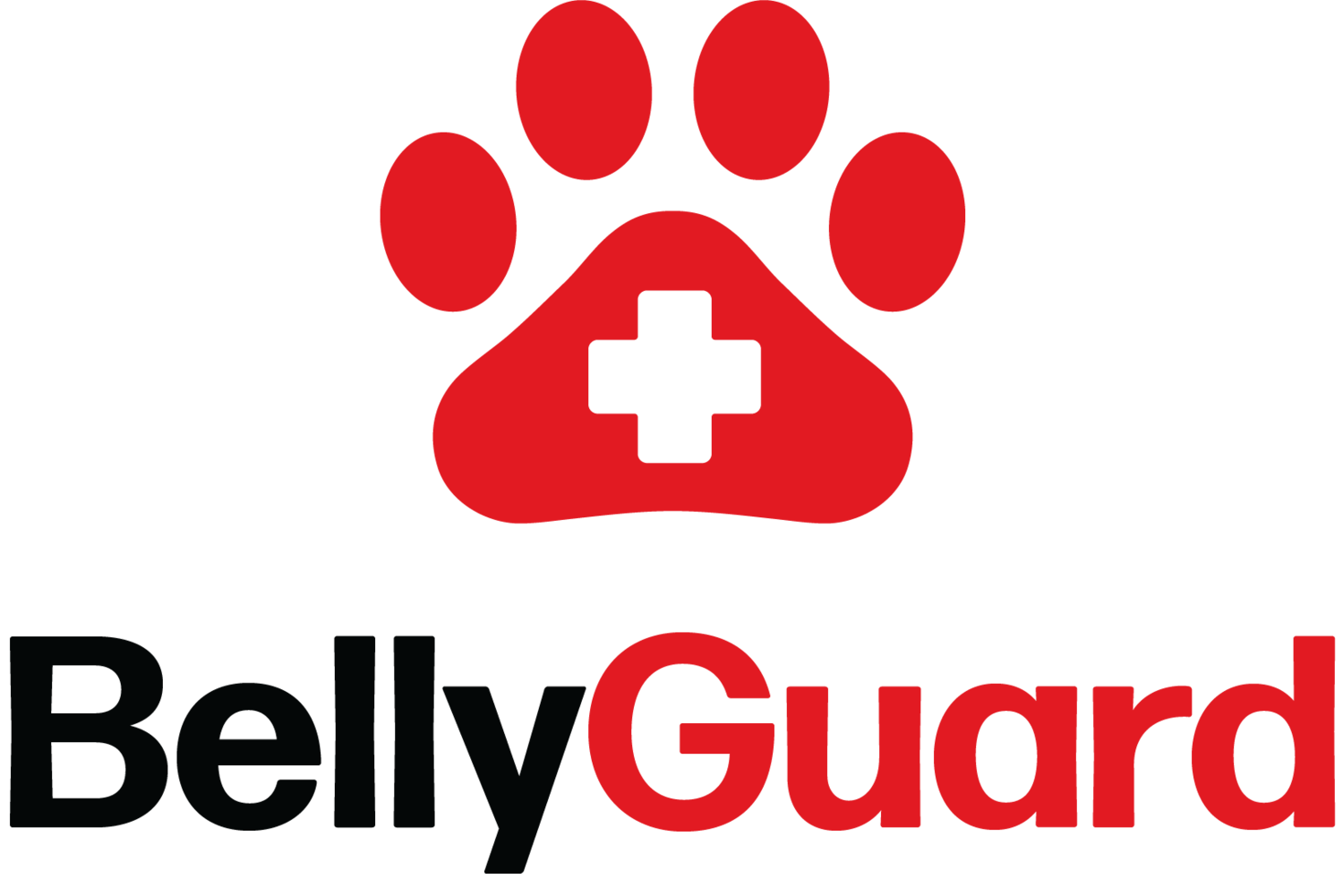3 Cat Surgery Recovery Mistakes (And How to Avoid Them)
Helping your cat recover from surgery can be an emotional journey. You want them comfortable, healing well, and back to their happy, active self as soon as possible.
However, without proper post-surgery care, many cat owners unknowingly make mistakes that can delay recovery and lead to complications.
To ensure a smooth and speedy healing process, avoid these common cat surgery mistakes and follow expert-backed tips for optimal post-surgery care.
Recovery can be emotional for both pets and the owners. Therefore, to support you, we have created a 14 Day Recovery checklist for optimal recovery which is already organized so you know what to look for on a daily basis and when to call vet.
Click the button below and we will email you this printable guide.
1. Failing to Closely Monitor Your Cat from Day 1
Right after surgery, your cat will likely feel groggy and disoriented. This period is critical for their recovery, as even minor movements can put stress on the surgical site and cause complications.
How to Avoid This Mistake:
Supervise your cat closely for the first week after surgery. Consider keeping him or her in one room of the house - somewhere with food, water, a litter box, and a good spot to rest.
Block off furniture, stairs, and ledges to prevent falls. We know many cats love heights, but activities like climbing and jumping can be very dangerous the week after surgery!
Keep them indoors and avoid leaving them unattended.
Follow your veterinary professional's guidance on post-op supervision.
2. Ignoring Signs of Infection or Delayed Healing
Infections can develop quickly if not monitored properly. Many pet owners assume minor redness or swelling is normal, delaying necessary treatment.
How to Avoid This Mistake:
Examine the post-surgery site at least twice a day.
Watch for excessive swelling, bleeding, or unusual discharge.
Call your veterinary professional immediately if anything looks abnormal.
3. Not Providing a Cozy Recovery Space
A calm and secure space is essential for a successful post-surgery recovery. Without one, your cat may over overexert themselves or experience anxiety, which can slow healing.
How to Avoid This Mistake:
Set up a quiet, low-traffic recovery area with a soft bed.
Use a crate, X-pen, or playpen if your veterinary professional recommends limited movement.
Keep food and water within reach to reduce unnecessary movement.
Continue reading for 5 more bonus recovery tips!
4. Removing Protective Equipment Too Soon
After surgery, your veterinarian will provide protective gear to prevent licking or scratching at the incision. Some pet owners remove these too early, risking infections and delayed healing.
How to Avoid This Mistake:
Keep protective wear on for the recommended time.
Consider e-collar alternatives like the BellyGuard recovery suit, which offers a soft and comfortable solution to traditional cones.
Ask your vet if BellyGuard is a good option for your pet’s recovery.
5. Allowing Too Much Movement Too Soon
Cats often want to return to normal activities before they’re fully healed. However, jumping, running, or even climbing stairs can disrupt stitches and prolong recovery.
How to Avoid This Mistake:
Follow your vet’s timeline for reintroducing activity.
Confine your cat to one room of the house, and block off stairs, furniture, and ledges that they might be tempted to jump on/off of.
Keep playtime controlled and avoid high-energy activities.
Keep cats completely indoors until your vet says it’s ok to return to their normal routine.
6. Skipping a Trial Run with Recovery Products
Many cats resist wearing recovery suits or cones if they aren’t introduced beforehand. This can create unnecessary stress right after surgery.
How to Avoid This Mistake:
Let your cat try on the recovery suit a few days before surgery.
Ensure proper fit and comfort to avoid post-op struggles.
Adjust as needed to make the experience smoother.
7. Not Having a Backup Recovery Suit, or Protective Equipment
Recovery is often messier than expected. Without a backup, you may struggle if the suit gets dirty or wet.
How to Avoid This Mistake:
Buy an extra BellyGuard recovery suit to rotate during washes.
Keep one clean and ready to prevent gaps in protection.
8. Not Following Your Veterinarian’s Full Recovery Plan
Many pet owners stop following restrictions too soon, thinking their cat is “fine” when they still need more healing time.
How to Avoid This Mistake:
Stick to the veterinary medicine guidelines for the full post-surgery period.
Complete any prescribed medications and checkups.
Contact your veterinary professional before making changes to the recovery plan.
Help Your Cat Recover from Surgery with the Right Tools
Recovering from surgery doesn’t have to be difficult for you or your cat. By avoiding these surgery mistakes and following proper post-surgery care, you can help your pet heal comfortably and quickly.
If you’re looking for a reliable alternative to the e-collar, consider BellyGuard. This cat recovery suit protects the incision while allowing your feline to eat, sleep, and relax without restriction. Best of all, it’s soft and breathable, helping them stay calm and cozy as they heal.

